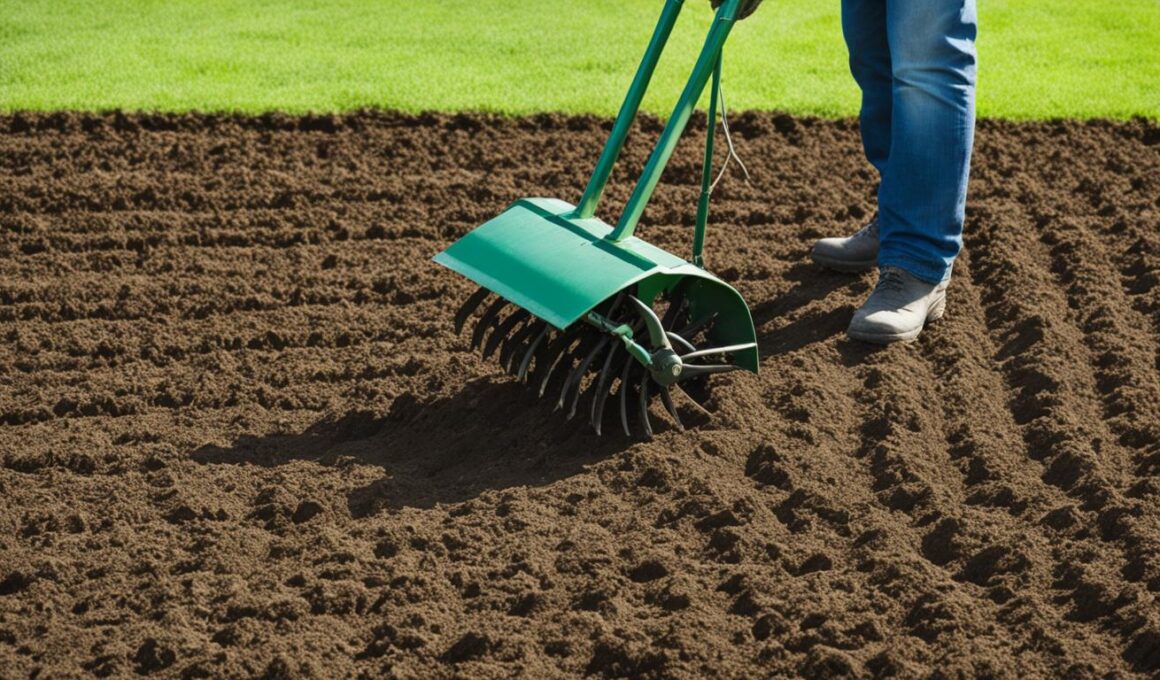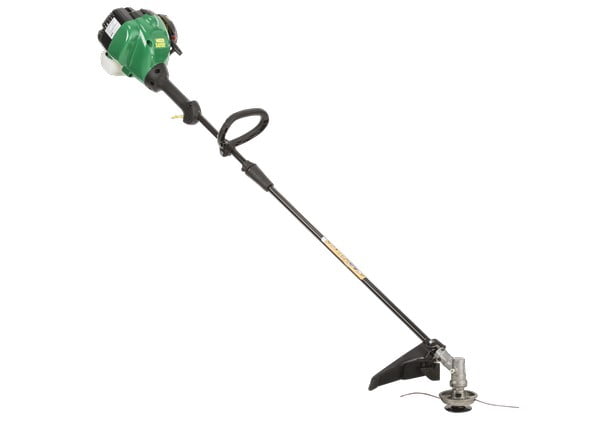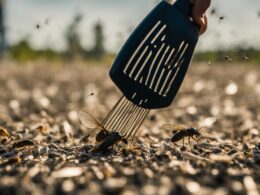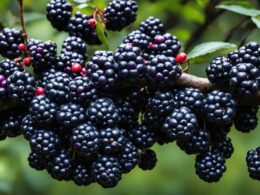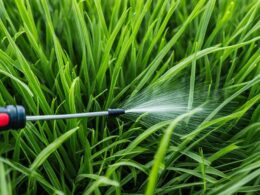Are you a passionate gardener looking to enhance your gardening experience? The use of a cultivator can greatly benefit your gardening endeavors. Whether you are a beginner or an experienced gardener, understanding the purpose and benefits of a cultivator is essential.
A cultivator is a powerful tool used in gardening for soil preparation, planting, and facilitating the growth of your plants. It serves as a valuable asset in maintaining healthy and flourishing garden beds and vegetable gardens.
The primary function of a cultivator is to mix loose soil, ensuring proper aeration and nutrient distribution. With its rotating tines or blades, a cultivator helps break up small weeds and grasses, making it easier to remove them from your garden. This process creates an ideal environment for seed germination and plant growth.
Additionally, a cultivator allows you to incorporate essential elements into the soil mixture. Whether it be fertilizer, manure, or compost, these organic materials enrich the soil, providing nutrients vital for the health and vitality of your plants.
Investing in a cultivator not only saves you time and effort but also ensures optimal conditions for successful gardening. So, if you’re looking to elevate your gardening experience and achieve stunning results, consider adding a cultivator to your gardening toolkit.
Differences Between a Cultivator and a Tiller
When it comes to gardening tools, cultivators and tillers are often used interchangeably. However, they serve different purposes and are designed for specific gardening situations. Understanding the differences between these tools is essential for effective soil preparation and planting.
A cultivator is a versatile tool that is primarily used for close work in smaller spaces, such as established gardens or small beds. It is perfect for maintaining and improving the soil in these areas. Cultivators are designed to mix and aerate the soil, break up small weeds and grasses, and incorporate fertilizers or compost into the soil mixture. Their compact size and maneuverability make them ideal for precise cultivation tasks.
On the other hand, a tiller is more suitable for larger plots or when dealing with hard or rocky soil. These tools are designed to break up and loosen compacted soil, allowing for easier planting and better growth. Tillers are generally more powerful than cultivators and can handle more demanding tasks. They are equipped with larger tines or blades that penetrate deeper into the ground and effectively churn the soil.
While cultivators and tillers both serve the purpose of preparing soil for planting, their differences lie in their size, power, and intended use. Cultivators excel in finer, close-up work, while tillers are better suited for larger-scale projects and tougher soil conditions.
In summary, when choosing between a cultivator and a tiller, consider the size of your gardening space and the condition of your soil. If you have an established garden or small beds, a cultivator will be the perfect tool. However, if you are dealing with a larger area or challenging soil, a tiller would be the most effective choice.
Types of Tillers and Their Uses
Tillers are versatile gardening tools that come in different types to suit various garden sizes and soil conditions. Understanding the different types of tillers available will help you choose the right tool for your specific needs.
1. Front-tine Tillers
Front-tine tillers are compact and maneuverable, making them ideal for turning soil in smaller spaces such as flower beds and vegetable gardens. These tillers have their tines located at the front, allowing for easy navigation and greater control. They are perfect for homeowners with small to medium-sized gardens.
2. Rear-tine Tillers
Rear-tine tillers are more powerful and designed for larger gardens or tougher projects. With their tines located at the back, they can break through hard or compacted soil with ease. These tillers are perfect for professional landscapers or gardeners dealing with challenging soil conditions.
3. Counter-rotating Tines
Some tillers feature counter-rotating tines, which means the tines rotate in the opposite direction to the wheels. This design helps to dig deeper into the soil, providing enhanced digging power for breaking up tough clumps of dirt. Counter-rotating tillers are especially useful when working with heavy, compacted soil.
4. Forward-rotating Tines
On the other hand, forward-rotating tines rotate in the same direction as the wheels. This type of tiller is better suited for maintenance tasks, such as weeding and cultivating already loosened soil. Forward-rotating tillers are generally more lightweight and easier to handle, making them a great choice for lighter gardening work.
5. Dual-rotating Tines
Some advanced tillers come equipped with dual-rotating tines that offer the flexibility of both forward and counter-rotating motions. This versatility allows you to adjust the tines according to the type of soil you are working with, making these tillers suitable for a wide range of gardening projects.
Now that you understand the different types of tillers available, you can choose the right one based on the size of your garden, the condition of the soil, and the specific tasks you need to accomplish. Remember, investing in the right tiller will greatly enhance your gardening experience and yield more successful results.
Choosing the Right Tool for Your Garden
When it comes to gardening, having the right tools can make all the difference. Two commonly used tools for preparing soil are garden tillers and cultivators. Although they may appear similar, they serve different purposes in the garden.
So how do you choose the right tool for your specific needs? First, let’s understand the key differences between garden tillers and cultivators. Garden tillers are designed for larger plots or when dealing with hard, compacted soil. They are equipped with powerful engines and tines that dig deep into the ground, breaking up tough soil and preparing it for planting.
Cultivators, on the other hand, are perfect for smaller spaces like existing gardens or small beds. They are lightweight, maneuverable, and ideal for mixing loose soil and working in compost or fertilizer. Cultivators excel at maintaining and improving the condition of your garden’s soil, allowing plants to thrive.
When it comes to choosing the right tool for your garden, consider your specific needs and the size of your gardening area. Troy-Bilt offers a wide range of high-quality cultivators and garden tillers designed to meet different requirements. Whether you need a compact cultivator for your small bed or a powerful tiller for large-scale projects, Troy-Bilt has the perfect tool to help you achieve exceptional gardening results.
Can a Cultivator be Used to Keep Roses Free of Aphids?
Yes, a cultivator can be an effective aphid control on roses. By regularly using a cultivator to disturb the soil around rose bushes, you can disrupt aphid habitats and prevent infestations. This method is a natural and efficient way to keep your roses free of aphids without using harmful chemicals.





